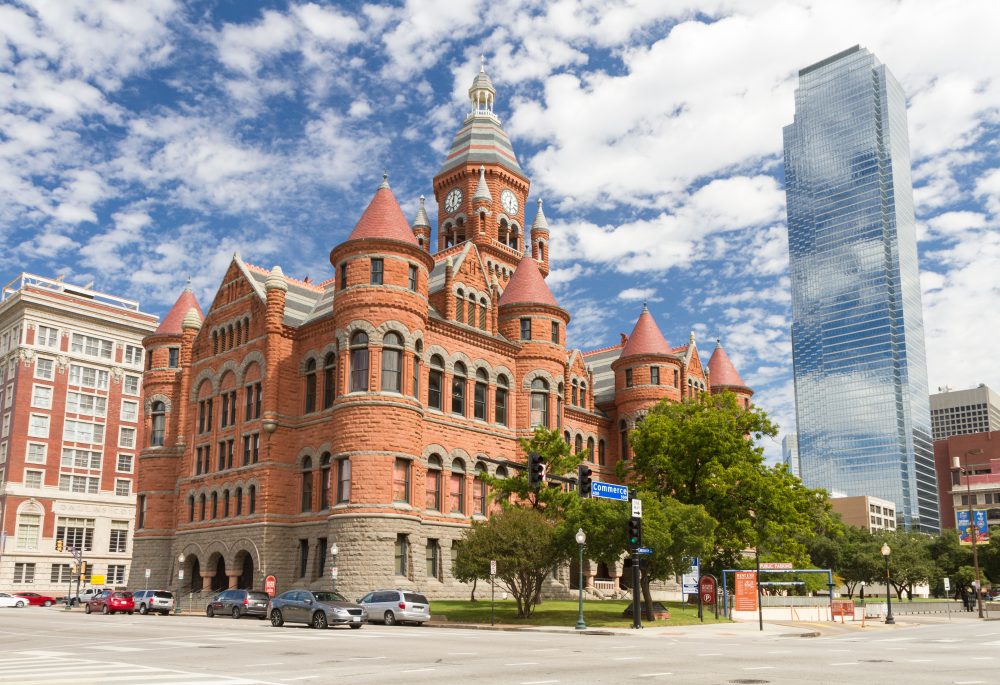Dallas, Texas, a vibrant and bustling metropolis in the heart of the Lone Star State, has a rich and diverse history that spans over a century and a half. From its humble beginnings as a trading post to its emergence as a global business hub, Dallas has played a significant role in shaping the history of Texas and the United States. In this article, we will delve into the fascinating history of Dallas, exploring seven key chapters that have defined its growth and development.
Early Settlement and Founding
Dallas’s history begins in the early 19th century when it was a sparsely populated area inhabited by Native American tribes. In 1841, John Neely Bryan, a Tennessee lawyer, established a trading post on the banks of the Trinity River. This trading post would later become the city of Dallas. The settlement grew slowly, but the arrival of the Houston and Central Texas Railroad in 1872 marked a turning point, bringing an influx of settlers and commerce to the area.
The Railroad Boom
The arrival of the railroad was a game-changer for Dallas. It transformed the city into a transportation hub, connecting it to markets across Texas and beyond. Dallas quickly became a center for commerce and agriculture, attracting businesses and settlers from all over the country. By the late 19th century, the city’s population had surged, and its economy was booming.
The Birth of Big D
The early 20th century saw Dallas evolve into a thriving urban center. The city’s skyline began to take shape as skyscrapers and iconic buildings like the Magnolia Building and the Adolphus Hotel were constructed. The discovery of oil in nearby East Texas further fueled Dallas’s growth, making it a major player in the oil industry. The city’s nickname, “Big D,” became synonymous with its ambitious spirit and rapid development.
Economic Ups and Downs
Dallas’s economic fortunes experienced highs and lows throughout the 20th century. The Great Depression of the 1930s brought hardship, but World War II brought economic opportunities, with defense-related industries booming in the area. The city’s economy continued to diversify, with the emergence of industries like telecommunications, banking, and technology, solidifying Dallas’s reputation as a business and financial center.
Civil Rights Struggles
Dallas also played a significant role in the civil rights movement. In 1963, the city gained worldwide attention when President John F. Kennedy was assassinated while riding in a motorcade through Dealey Plaza. The event shook the nation and had a lasting impact on Dallas’s history. The city grappled with issues of racial inequality and segregation, but over time, it made progress in the struggle for civil rights, exemplified by the desegregation of schools and public facilities.

Modern Dallas
The latter half of the 20th century saw Dallas continue to grow and modernize. The city became known for its vibrant cultural scene, with the opening of institutions like the Dallas Museum of Art and the Dallas Symphony Orchestra. Dallas also solidified its reputation as a sports hub, with the Dallas Cowboys and Dallas Mavericks becoming household names. The city’s diverse population and thriving economy attracted people from around the world, making it a truly cosmopolitan metropolis.
The 21st Century and Beyond
In the 21st century, Dallas remains a dynamic and forward-looking city. Its economy continues to thrive, driven by sectors like healthcare, technology, and energy. The city’s skyline is constantly evolving, with new skyscrapers and developments shaping the urban landscape. Dallas’s commitment to education and research is evident through institutions like the University of Texas Southwestern Medical Center and the Perot Museum of Nature and Science.

In conclusion, the history of Dallas, Texas, is a tale of resilience, growth, and transformation. From its humble beginnings as a trading post to its current status as a global business and cultural hub, Dallas has come a long way. The city’s history is a reflection of the American spirit of innovation and progress, and it continues to be a vibrant and dynamic place to live and work in the 21st century. Dallas’s journey through these seven chapters is a testament to its enduring legacy and its role in shaping the history of Texas and the United States.
